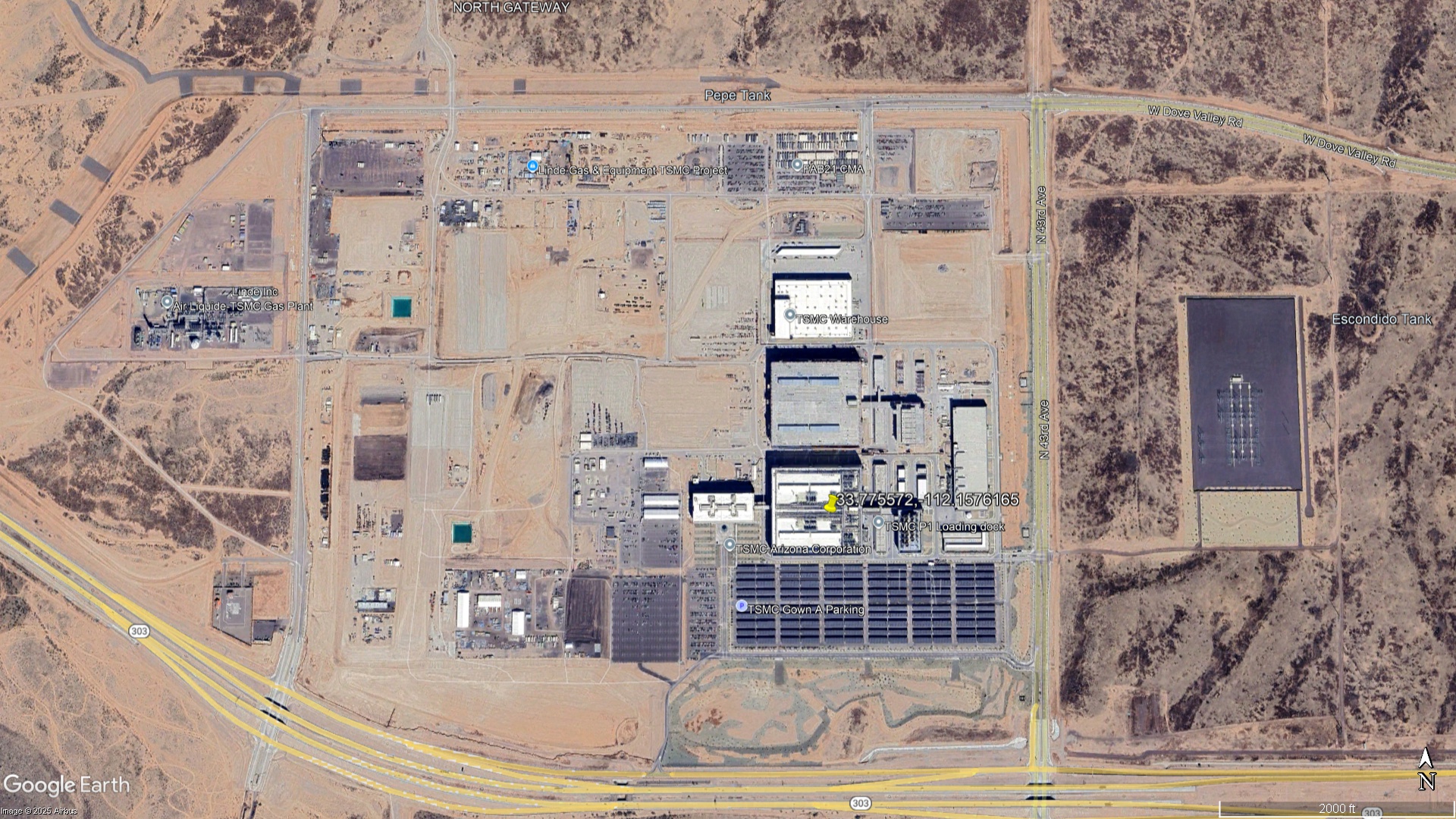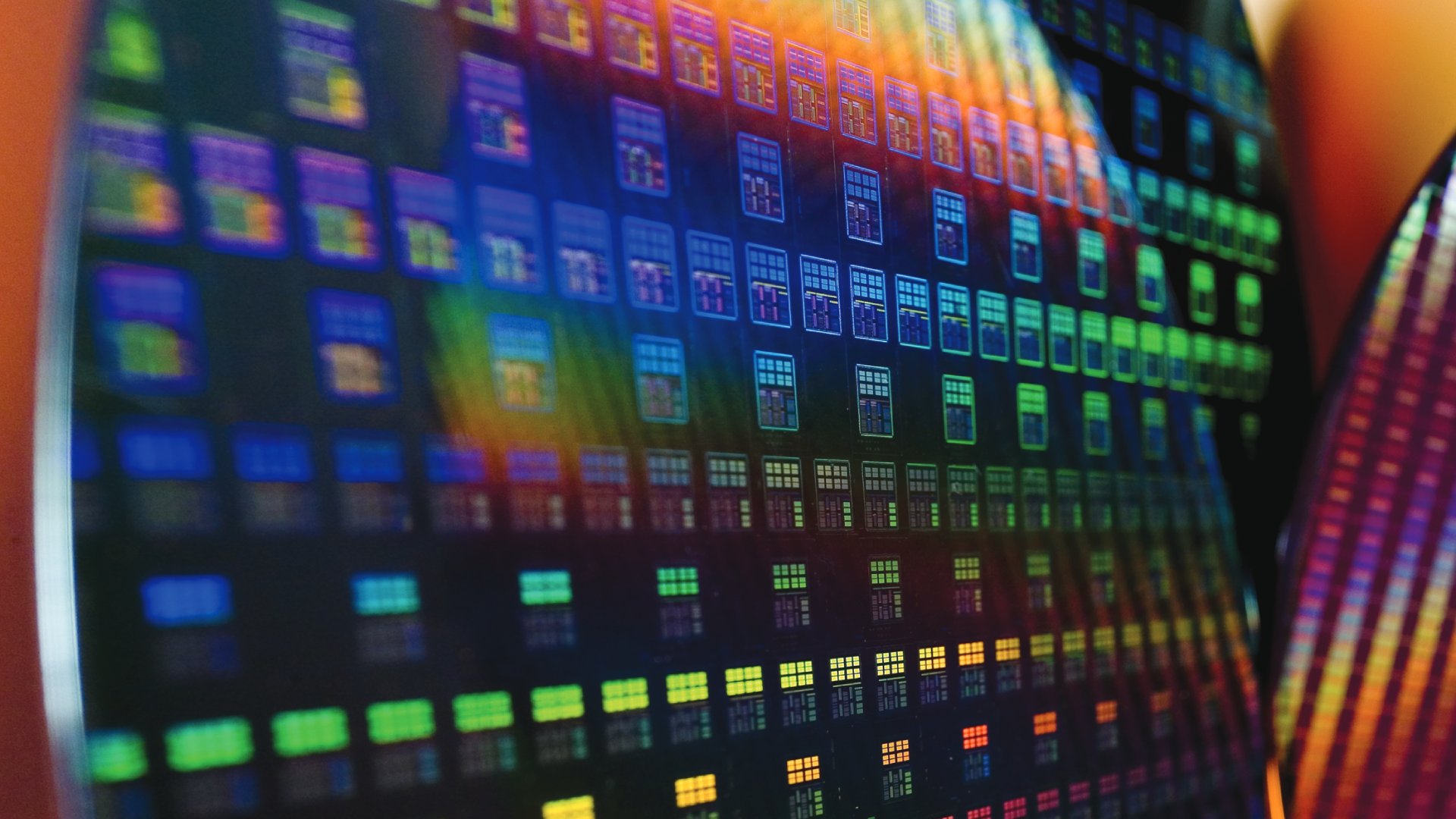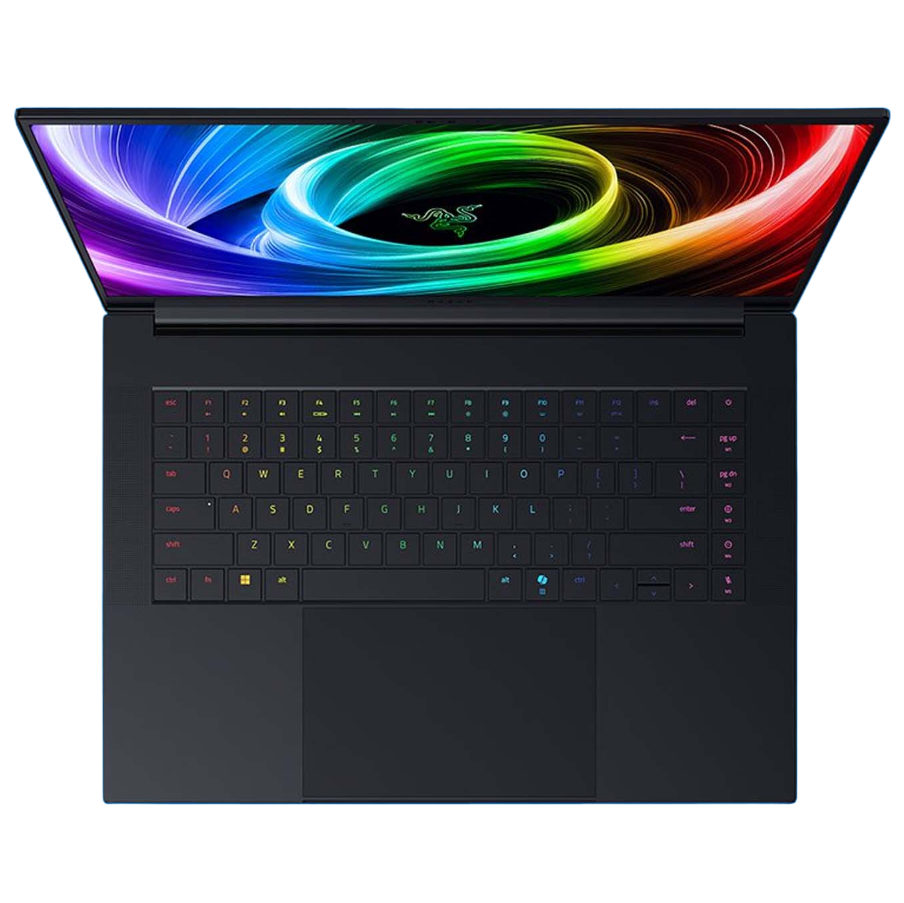Computer chips made outside the US to receive 100% tariff likely spiking tech prices, but 'there's no charge' for companies currently building on American soil
It's good news for TSMC.

Apple CEO Tim Cook recently visited the White House, and after committing an additional $100 billion in US investment, Donald Trump held a press conference where he announced an addendum to his new tariff plan.
Last week, Trump announced a whole new set of tariffs, with the likes of Taiwan receiving a 20% tax on its exports, but semiconductors were left in the dark, but no longer. In the conference, Trump states, "A lot of countries, a lot of companies are leaving various other places and they're coming to the United States." He continues, "So, in other words, we'll be putting a tariff of approximately 100% on chips and semiconductors"
"Approximately" is a bit of a troubling word there, but it's effectively just a big number to push companies into continuing production in the US. Tariffs are intended to disincentivise companies from importing items from outside of the country where they are located.
A tariff on the UK, for instance, will hit those in the US as the cost of that tariff is pushed onto the consumer. This is why the original high tariffs were changed, reinstated, and edited. The infrastructure needed to replace the need for importing in the first place can take years, so pushing a high tariff onto companies without giving this leeway doesn't really end up incentivising building chips on a national scale.
He clarifies that "if you're building in the United States of America, there's no charge even though you're building and you're not producing yet in terms of the big number of jobs and all of the things that you're building."

These tariffs don't entirely rely on the honour system, though. Trump does state that tariffs will apply after the fact, so "if for some reason you say you're building and you don't build, then we go back and we add it up."
This means the likes of TSMC and Samsung, both of which produce semiconductors, will not be hit by any tariffs. Both are continuing investments in the US. TSMC is based in Taiwan and is the largest semiconductor manufacturer in the world. TSMC and Samsung offer the smallest process nodes at 3 nm, which allows for much greater transistor density, and therefore better efficiency. TSMC's Arizona fab is currently on its 4 nm process, though it is expected to use its 2 nm process in 2028.
Keep up to date with the most important stories and the best deals, as picked by the PC Gamer team.
As reported by The Guardian, Dan Lachica, president of the Philippine semiconductor industry, says this new rule would be "devastating" as semiconductors account for "around 70% of the country's exports." The Philippines is not expected to be the only country negatively hit by these tariffs. The trade minister of Malaysia, Tegku Zafrul Aziz, said Malaysia "will risk losing a major market in the United States if its products become less competitive as a result of the imposition of these tariffs."
Malaysia is where Intel has a large packaging facility, and AMD operates too, though the former has manufacturing capability in the US, as well as elsewhere around the globe, and AMD uses TSMC to manufacture its chips.

Apple's further investment in the US is paired with the announcement that it would be bringing its glass production line to a factory in Kentucky. A press release says "every iPhone and Apple Watch sold around the world will be built with Kentucky-made cover glass". As pointed out by The Guardian, Tim Cook noted in an earnings call in May that tariffs would cost the company $900 million in that quarter alone.
Though the likes of TSMC (and partners like Nvidia) don't appear to be hit with a major negative impact from this new tariff change, the global effect on semiconductor production and research is bad news for broader competition.

👉Check out our list of guides👈
1. Best gaming laptop: Razer Blade 16
2. Best gaming PC: HP Omen 35L
3. Best handheld gaming PC: Lenovo Legion Go S SteamOS ed.
4. Best mini PC: Minisforum AtomMan G7 PT
5. Best VR headset: Meta Quest 3

James is a more recent PC gaming convert, often admiring graphics cards, cases, and motherboards from afar. It was not until 2019, after just finishing a degree in law and media, that they decided to throw out the last few years of education, build their PC, and start writing about gaming instead. In that time, he has covered the latest doodads, contraptions, and gismos, and loved every second of it. Hey, it’s better than writing case briefs.
You must confirm your public display name before commenting
Please logout and then login again, you will then be prompted to enter your display name.

